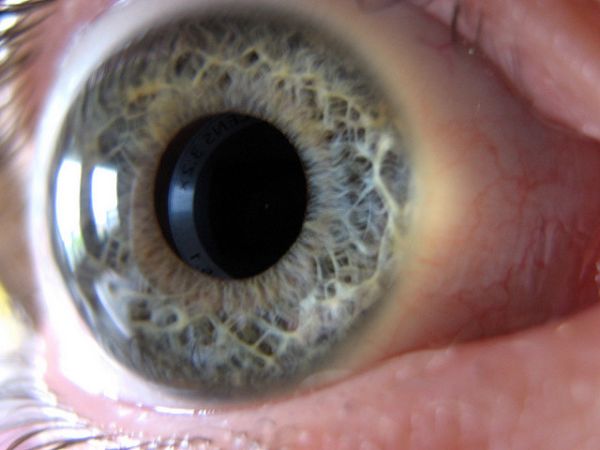 Cataracts can slowly rob people of their sight. But they may someday be a thing of past.
Cataracts can slowly rob people of their sight. But they may someday be a thing of past.First, what precisely is a cataract? Scientific American explains:
Cataracts are caused by damaged crystallin proteins in the eye lens. These proteins start off soluble and transparent, but they are never replaced and can become mis-folded over time forming opaque, insoluble clumps that are highly stable.So the task of cataract treatment--short of surgical removal--is to dissolve these opaque proteins. Researchers led by Jason Gestwicki of the University of California at San Francisco may have found a way to do precisely that. They've discovered that certain drugs can partially dissolve those proteins:
Their screen identified a handful of molecules – mostly sterols—that were able to decrease the melting temperature of the crystallins. The most promising—5-cholesten-3b,25-diol—could decrease it by 2°C. Further tests, including NMR experiments, revealed that it was binding to the interface between α- and β-crystallin where the two proteins formed a dimer. This, the team suggested, may stabilize the proteins and not only prevent the formation of mis-folded, insoluble forms, but actually reverse the process.

No comments:
Post a Comment